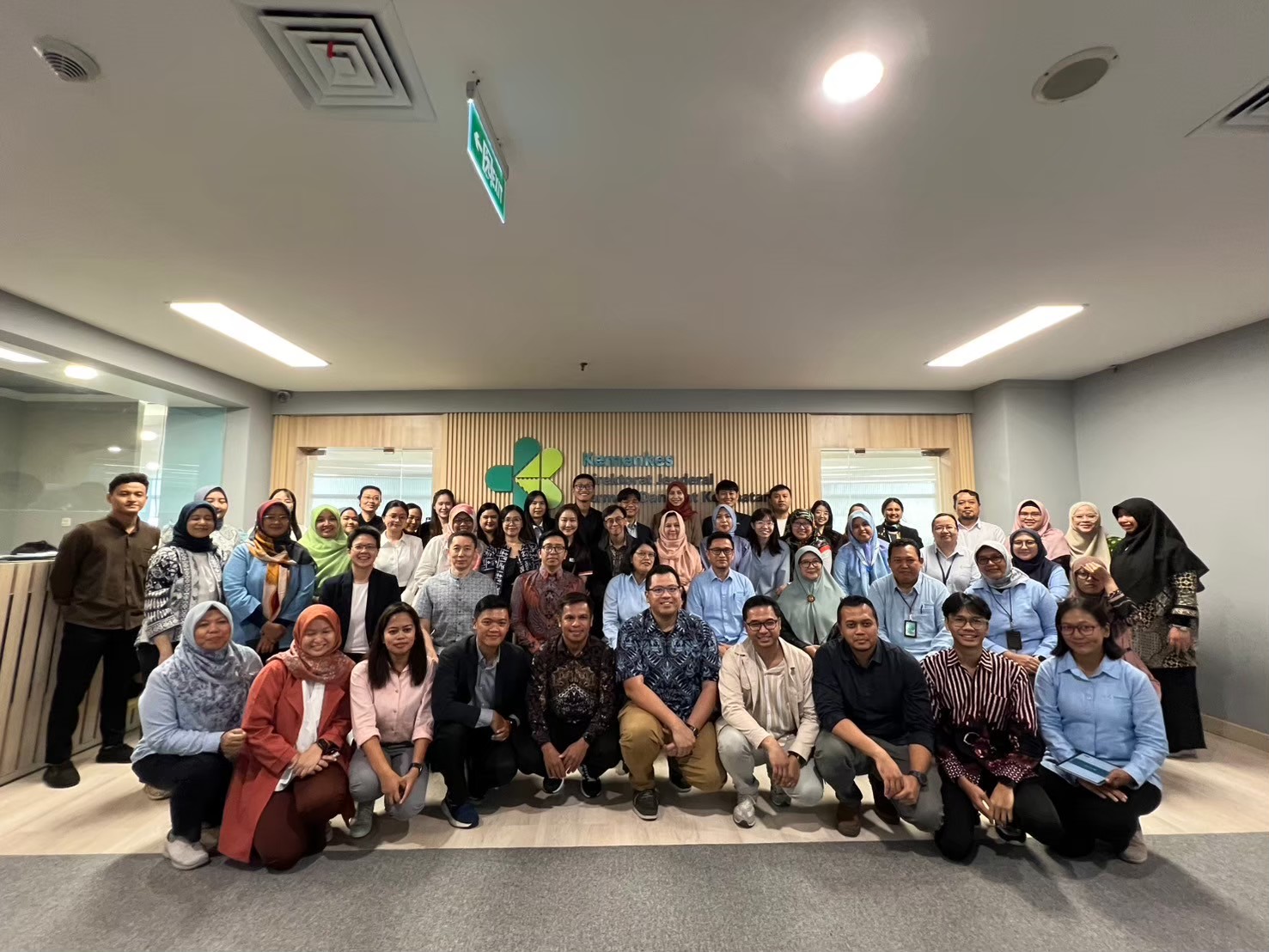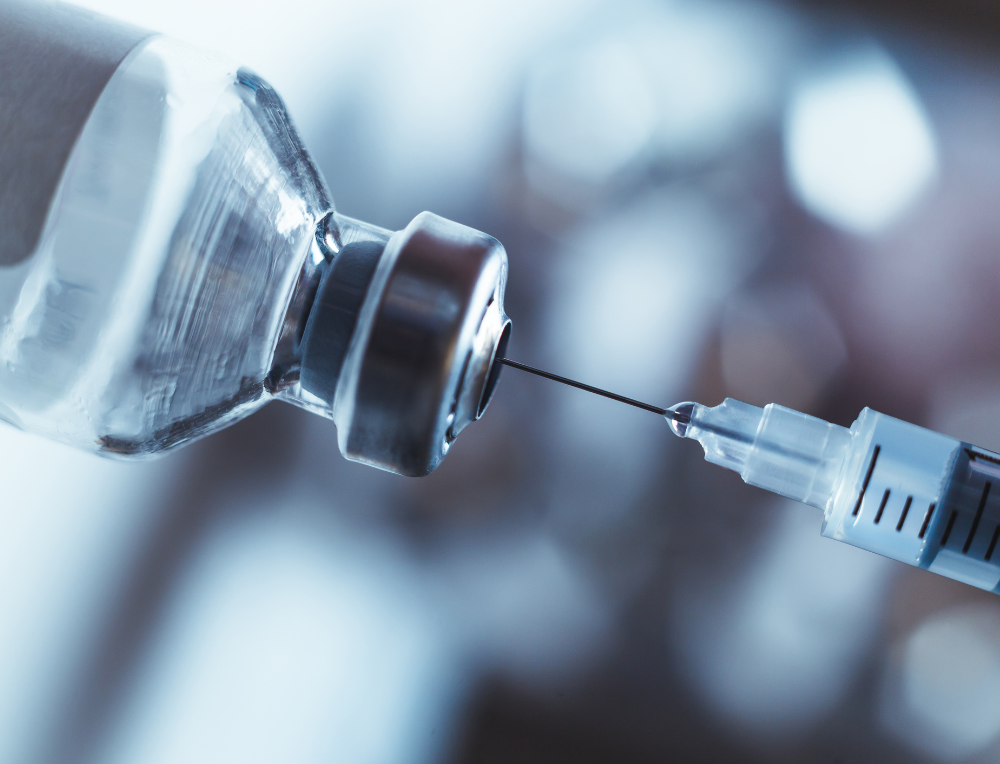Strengthening Health Technology Assessment in Asia: Insights from the 3rd Regional Workshop on Advanced Economic Evaluation Modeling



Fern Saitowitz’s advanced breast cancer was controlled for about a year by the drug Herceptin and a toxic chemotherapy agent. But her hair fell out, her fingernails turned black and she was constantly fatigued.
She switched to an experimental treatment, which also consisted of Herceptin and a chemotherapy agent. Only this time, the two drugs were attached to each other, keeping the toxic agent inactive until the Herceptin carried it to the tumor. Side effects, other than temporary nausea and some muscle cramps, vanished.
“I’m able to live a normal life,” said Ms. Saitowitz, 47, a mother of two young children in Los Angeles. “I haven’t lost any of my hair.”
The experimental treatment, called T-DM1, is a harbinger of a new class of cancer drugs that may be more effective and less toxic than many existing treatments. By harnessing antibodies to deliver toxic payloads to cancer cells, while largely sparing healthy cells, the drugs are a step toward the “magic bullets” against cancer first envisioned by Paul Ehrlich, a German Nobel laureate, about 100 years ago.
“It’s almost like we’re masking the chemotherapy,” said Dr. Edith Perez, a breast cancer specialist at the Mayo Clinic in Jacksonville, Fla.
One such drug, Adcetris, developed by Seattle Genetics, was approved last August to treat Hodgkin’s lymphoma and another rare cancer. TDM-1, developed by Genentech, could reach the market next year. Data from a large clinical trial of T-DM1 is expected to attract attention at the annual meeting of the American Society of Clinical Oncology this weekend in Chicago.
Numerous other companies, from pharmaceutical giants to tiny start-ups, are pursuing the treatments, which are known variously as antibody-drug conjugates, armed antibodies or empowered antibodies. “I don’t think there is a major pharma or a midsized pharma with interest in cancer that doesn’t have a program or isn’t scrambling to put one together,” said Stephen Evans-Freke, a managing general partner at Celtic Therapeutics, an investment firm that recently committed $50 million to create a new company, ADC Therapeutics, to develop antibody-drug conjugates.
About 25 such drugs from a variety of companies are in clinical trials, according to Alain Beck, a French pharmaceutical researcher who closely tracks the field. Genentech alone has eight in clinical trials besides T-DM1, and another 17 in earlier stages of development.
Many of the drugs use technology from either Seattle Genetics, based in Bothell, Wash., or ImmunoGen of Waltham, Mass., which supplied the toxin and linker used in T-DM1.
The armed antibodies do not work for all patients and they are not totally free of side effects. T-DM1, for instance, can lower blood platelet levels. The drugs are also likely to be expensive. Adcetris costs more than $100,000 for a typical course of treatment.
Biotechnology drugs called monoclonal antibodies, like Herceptin, Rituxan and Erbitux, are already mainstays of what is called targeted cancer therapy. These laboratory-produced molecules mimic the antibodies made by a person’s immune system to fight infection. But instead of attacking pathogens these antibodies attach to specific proteins on the surface of cancer cells.
But antibodies by themselves have a limited ability to kill tumors. So the antibodies are usually given with more conventional cell-killing chemotherapy drugs, which cause side effects because they can also attack healthy cells.
The new approach chemically attaches a toxin to the antibody, increasing its killing power while reducing the need to give toxic drugs separately. After the antibody binds to a cancer cell, it is taken inside the cell like a Trojan horse, and the toxin is released.
While armed antibodies are sometimes likened to guided missiles with toxic warheads, they actually cannot guide themselves to tumors.
Rather, they float through the bloodstream, bumping against various cells. But they stick only to the cells bearing the target protein.
“These are like floating sea mines,” said K. Dane Wittrup, a professor of chemical and biological engineering at the Massachusetts Institute of Technology. “But when they end up in a particular harbor, they blow up.” Less than 1 percent of the drug actually makes it to the tumor, he estimated.
The antibody used in Adcetris, which binds to a protein on malignant cells called CD30, had little effect on cancer when tested alone, even at doses 20 times as high as used now. But when linked to a toxin, it shrank tumors in 75 percent of those with Hodgkin’s lymphoma.
Aimee Blaine, a petroleum engineer from Bakersfield, Calif., who has had Hodgkin’s lymphoma since 2004, was virtually out of options after traditional chemotherapy and a stem cell transplant failed to cure her disease.
But four days after taking Adcetris in a clinical trial, the unbearable itching that accompanied her disease vanished, she said.
Eventually, so did the cancer. Ms. Blaine, 40, has been in remission since her last dose in January 2011 and recently returned to work for the first time in seven years.
Like Herceptin, T-DM1 binds to what is known as the HER2 protein and is meant to treat only the roughly 20 percent of breast cancer cases characterized by an abundance of that protein.